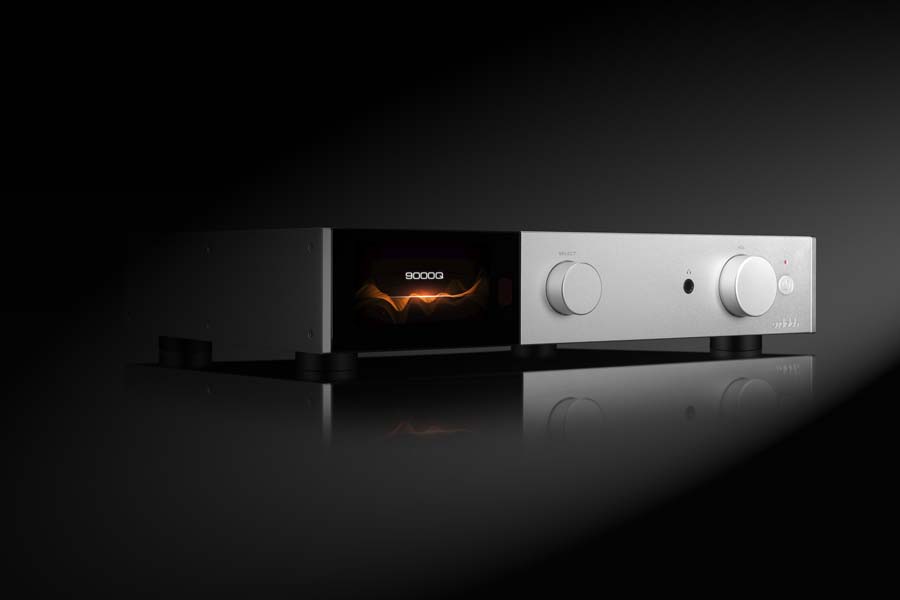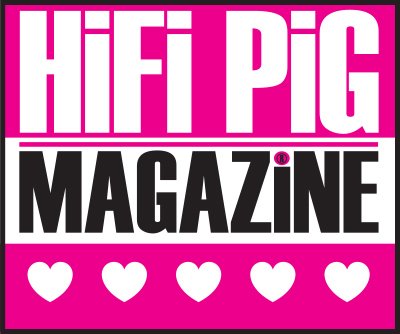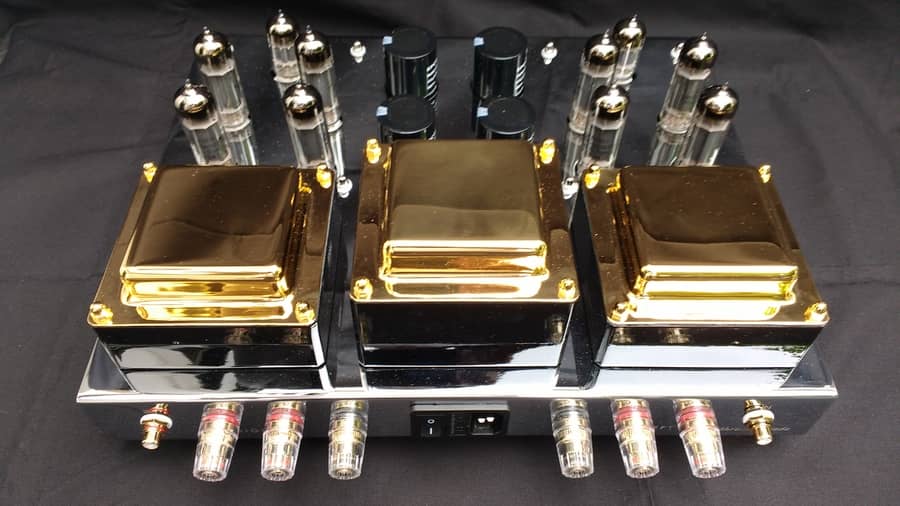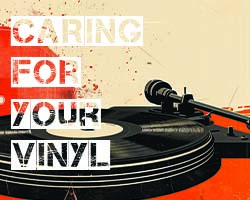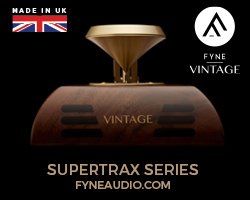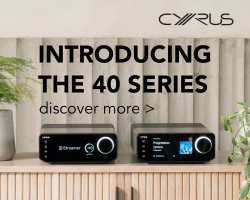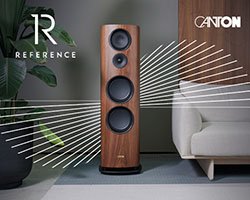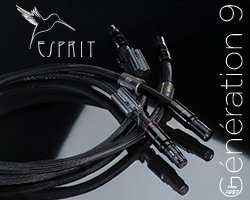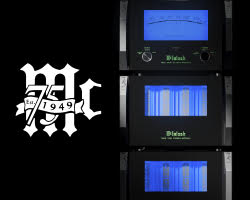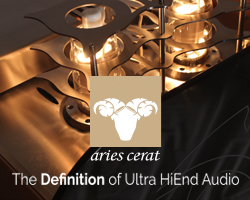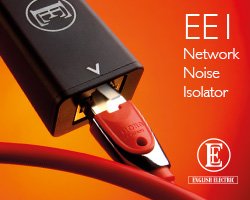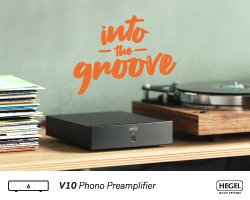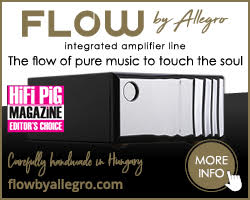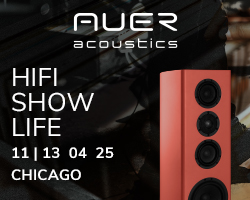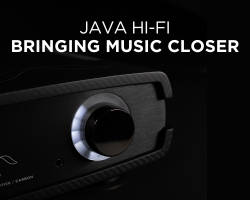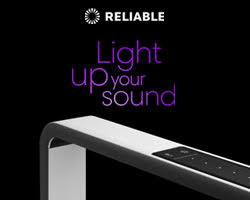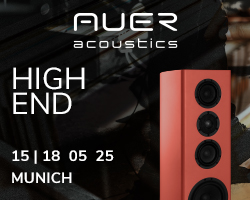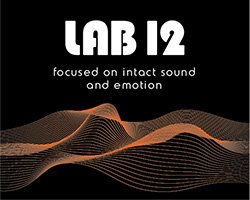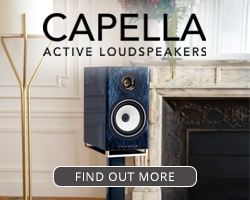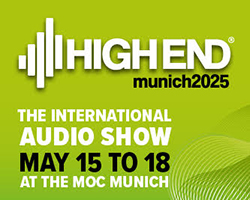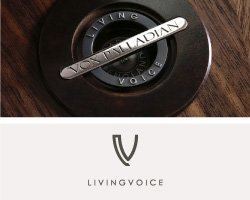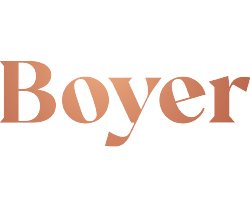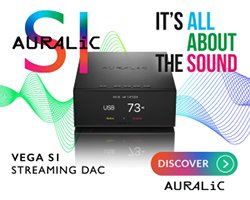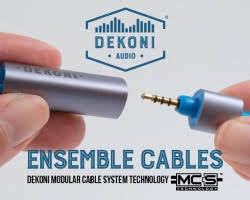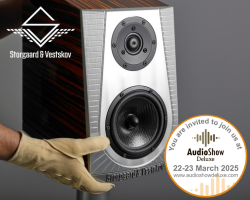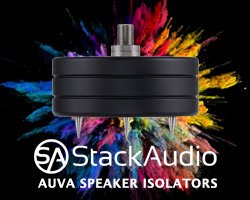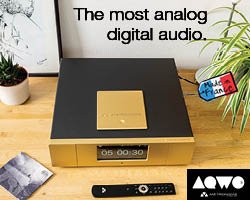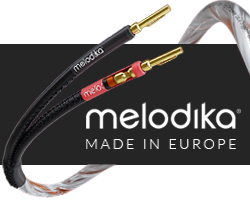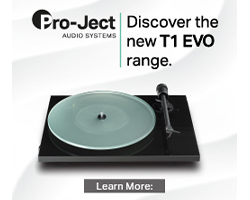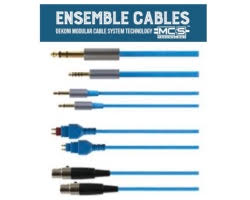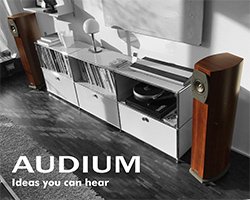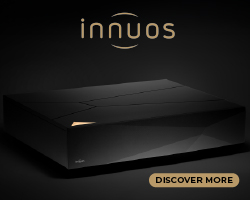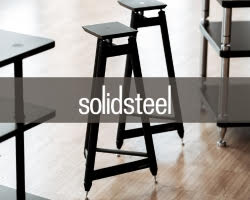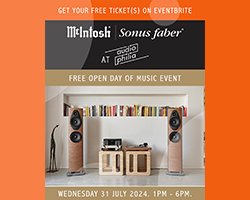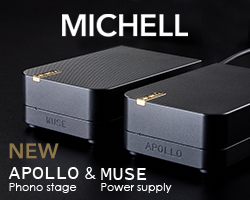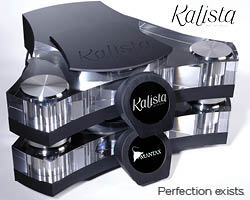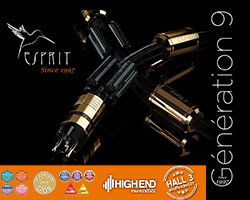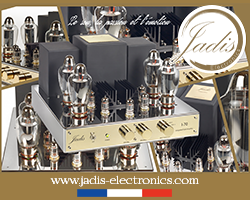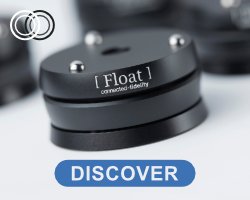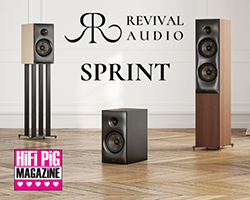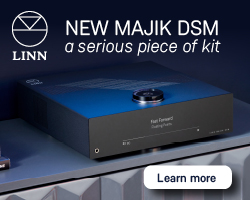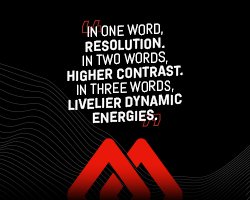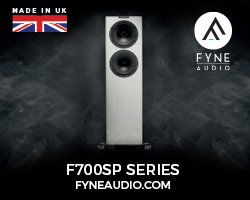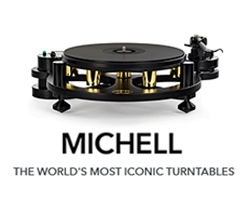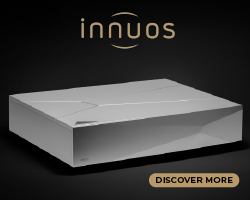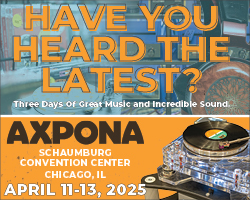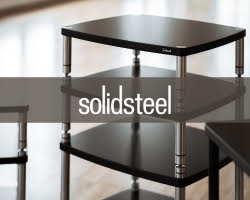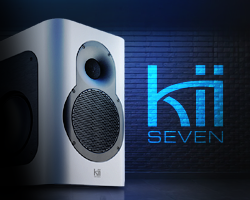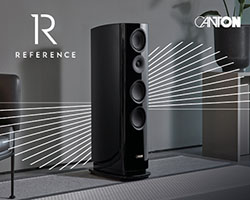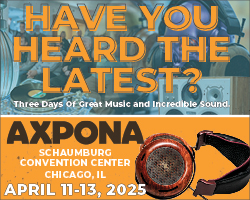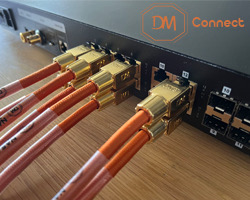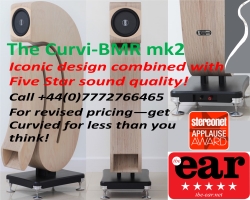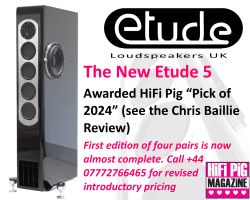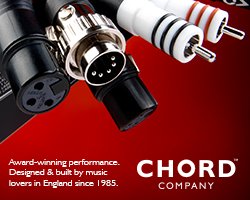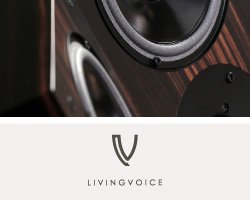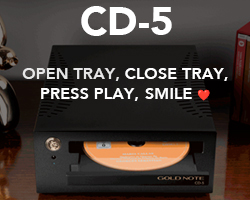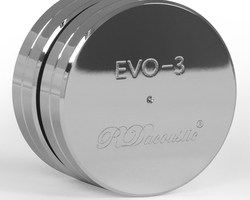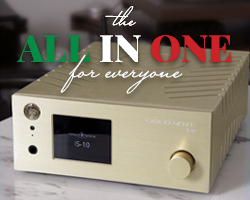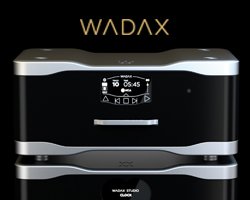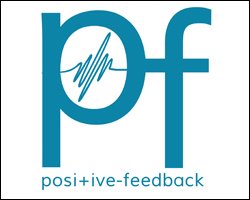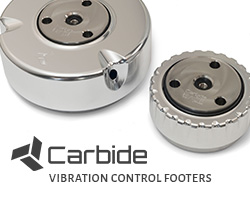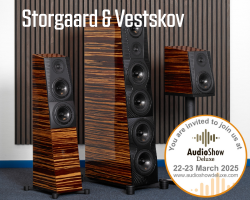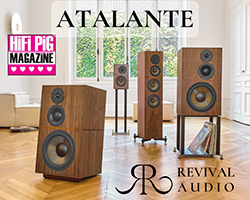AUDIOLAB 9000P POWER AMPLIFIER AND 9000Q PRE-AMPLIFIER
The Audiolab 9000P power-amp and 9000Q pre-amplifier expands Audiolab’s flagship 9000 range, HiFi PiG’s Janine Elliot tests these new components to see how they perform.
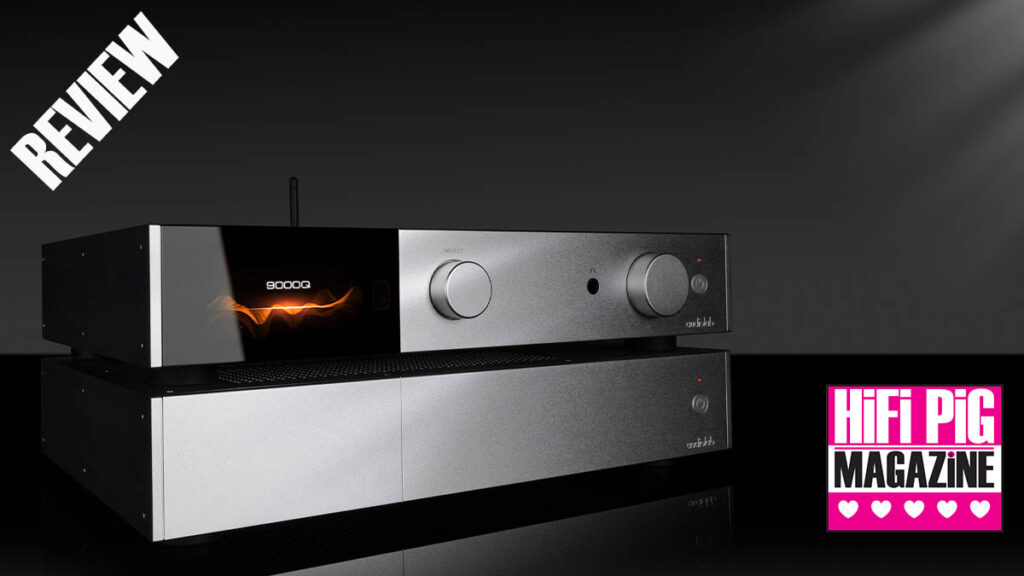
I may need to mind my P’s and Q’s on this one. Having followed Audiolab for years and having recently reviewed the excellent retro Quad 33/303 and listened to the retro Leak Stereo 130, both also from IAG, I was intrigued to find out just where the new flagship Audiolab 9000 series model P and Q might fare, being under the same umbrella.
Audiolab was founded in 1983 by Philip Swift (later of Spendor and TAG McLaren) and Derek Scotland, both were students at Imperial College, London, and both set up Lentek in 1980 before embarking on Audiolab. As a student, Philip worked part-time at Audio T in Oxford Street (sounds like a marriage made in heaven to me!) where he gained much audio knowledge and met people like Spencer Hughes from Spendor, falling in love with the iconic BC1 loudspeaker. Like many manufacturers, Philip had been building amplifiers and loudspeakers at school before all this, so his and Derek Scotland’s combined knowledge and experience should make for a very interesting review.
Their original 8000A amplifier of 1983 was gorgeous looking and very well received by the audio press around the world. Of course, at this time other British companies were trying to make their mark in the “cheaper” audiophile market; NAD’s 3020 (1978), A&R Cambridge (later known as Arcam) A60 (1979) and Mission Cyrus One (1984) got front-page spreads in most of the HiFi magazines in W.H.Smith; with the Audiolab the best looking of the crop – though I drooled at the Lentek Stereo Integrated with its butch American-looking heat-sink side wings! The only glitch in the company’s story is the link to the 1998 take-over by TAG McLaren. TAG McLaren is better known as the F1 and sports car manufacturer, bought up in 1981 by Ron Dennis in partnership with the TAG group. Just as other British companies add links to F1 or car manufacturers in their models to try to turn a basic chicken into a Fabergé egg, all TAG McLaren products were was simply better made and better looking Audiolabs. I adored the top-loading CD/radio/amp all-in-one Aphrodite T3 they created. Beautiful, but was it as good as it looked? It all ended in 2003. The following year, IAG (International Audio Group) who have reinstated great British company names such as Quad, Wharfedale, Castle, Mission, Leak and Ekco (plus other names from around the world), came to the rescue of the Audiolab. Maintaining headquarters in the famous HiFi town of Huntingdon, Cambridgeshire, their motto is “Designed and Engineered in the UK”, though it is all of course made in China at their custom-built manufacturing facility. IAG’s headquarters in the UK is powered by around 40 employees and the IAG group has 2000 people around the world. The Audio Design Consultant for Audiolab is the Danish electronics wizard Jan Ertner, also working across Quad products, and with a former career spanning SSL (Solid State Logic mixing desks), Quad and Mission. What he doesn’t know isn’t worth knowing, but where I needed to be careful of my P’s Q’s here, was whether I’d hear any difference between the Quad and the Audiolab. I’m delighted to say that yes, they certainly do sound different! The 9000P is a more advanced power amp taken from the 9000A integrated amplifier, and the 9000Q is similarly a more advanced preamp from the same 9000A. Where the 9000A is £1999, the better 9000Q is £1499 and the 9000P comes in at £1099. Bought together you can save £99 and get the superior 2-box set at £2499. The P and Q are the first pre/power from Audiolab for eight years (that was the 8300XP), and both deploy Audiolab’s DC Block and DC Block 6 mains optimisation circuitry in the power supplies.
AUDIOLAB 900Q BUILD AND FEATURES
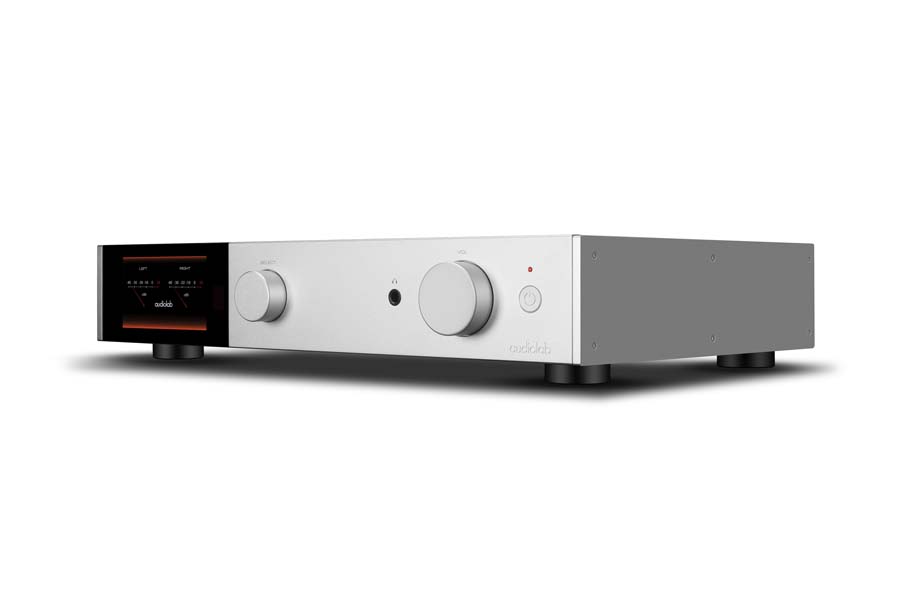
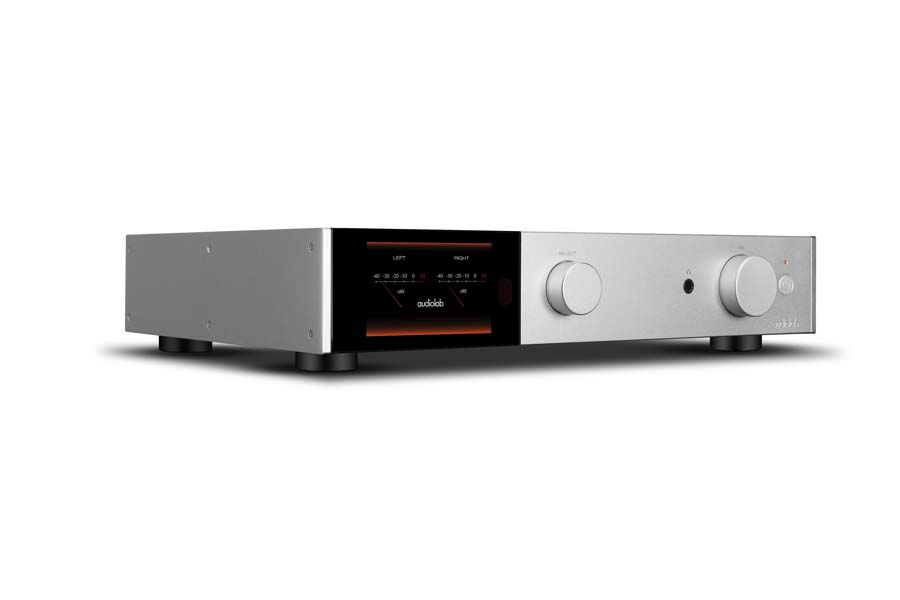
The unit, as with the accompanying 9000P, is well made and screwed together (but do see comments on the “P” below) and available in silver or black. Both the P and the Q are the top-end products from Audiolab and this shows in their looks and build. Audiolab calls this unit just a “preamplifier”, but it is a lot more.
In common with other IAG products, it uses the top-end 8-channel ESS Sabre ES9038PRO DAC (but in the Q with what it calls “improved implementation” that includes a Class A post-DAC active filter) for all the usual digital inputs we would expect at this price, and indeed the back is packed with lots of sockets and a Bluetooth (BT) aerial as you would expect from a 21st-century preamplifier. The BT aerial is attached when you buy the unit, so no need to screw one in. As well as two coax and two Toslink sockets (24/192 max), there is a USB socket for 44.1-768kHz (PCM) music up to 32bit. That BT 5.0 link allows aptX/aptXHD and LDAC input plus DSD64-DSD512. All inputs can be set to up-sample to 352.8kHz or 384kHz on the SPDIF and USB input, respectively. Finally, you can change the bandwidth of the digital phase-lock-loop of the SPDIF inputs to reduce jitter. Using this function, you would set it to “wide mode” for inputs with abnormal jitter. For LAN connection you will need the Audiolab 9000N streamer.
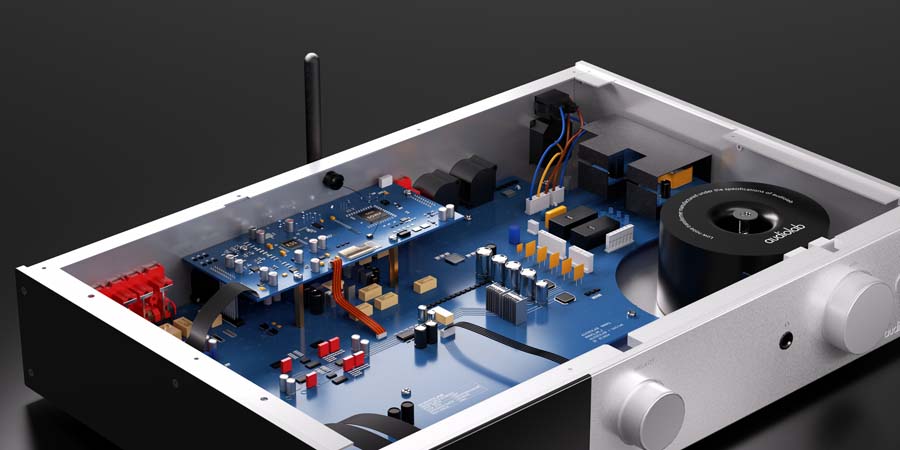
Analogue is also well catered for with 3 Aux RCAs, 1 XLR, plus a good Class-A moving-magnet phono-stage (better than in the 9000A), and there are also two 12V trigger 3.5mm sockets to save you getting off your settee. There is also an updated socket and grounding socket for your phono.
Outputs include two pairs of RCA (one could perhaps be used for a sub) and a single balanced XLR output, all post-fader. There is also a pre-fader aux line output for your cassette deck. A rocker switch above the IEC socket at the rear completes the back end.
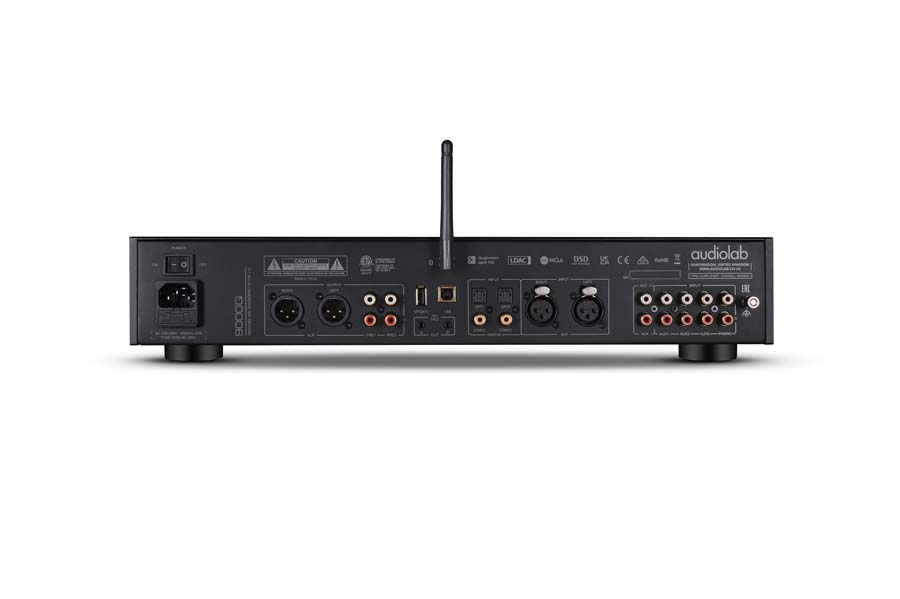
The front is gorgeous and very minimal with just a 4.3” 480 IPS touch-sensitive LCD display on the left, push-in source selector in the centre, and a larger motorised volume control on the right. They have included a headphone socket with a proper ¼” socket, plus the standby button on the far right. This unit comes with a remote control which (hurrah!) is made of metal at least on the frontage, though I would rather it was in matching silver rather than black. Many of the buttons on this universal remote cannot be operated by the “Q”, but at least the online instruction book shows you what you can or can’t use. The volume up and down is on the main four-way circular button at the centre of the unit, but I’d rather they had swapped that with the up/down source buttons on the left of the remote where your right-hand thumb would naturally go, though that is just personal choice. Confusingly, remember to press the “A” button at the bottom to send operational commands to the “Q” (as it also works the 9000A). The remote also offers assistance to your “CD” and via the “N” button to the 9000N streamer. In use, it is very easy to get to the various pages in the menu – for example, source, EQ and Filter. The latter is worth mentioning. It offers a choice of 5 digital filter settings; fast or slow roll-offs for minimum or linear phase, plus the fifth hybrid fast roll-off setting. In use, I preferred the minimum fast roll-off, but you do have the choice. That menu also offers some useful features, such as VU analogue or digital meters (the digital meters are easier and quicker to read), the Audiolab logo, or just nothing at all. Obviously, the usual screen off/brightness and display time-out (5s, 10s, 15s, 30s) can be altered. The animation display option allows you to see the display from your source if you so wish. You can also activate or deactivate the 12V trigger function if you have the wiring installed. Conveniently, you can change the input sensitivity of RCA, XLR and MM inputs by +/-6dB, though the MM is a limited (but perfectly functional) phono-stage other than that. There is also a maximum volume setting, just to protect your lovely ears if you want to. Very useful for me, the XLR input can be set to “DIRECT” to give a fully balanced signal path via the 4th channel volume control. Lastly, if you don’t fancy English, you can also change the language displayed on the GUI.
AUDIOLAB 9000P BUILD QUALITY AND FEATURES
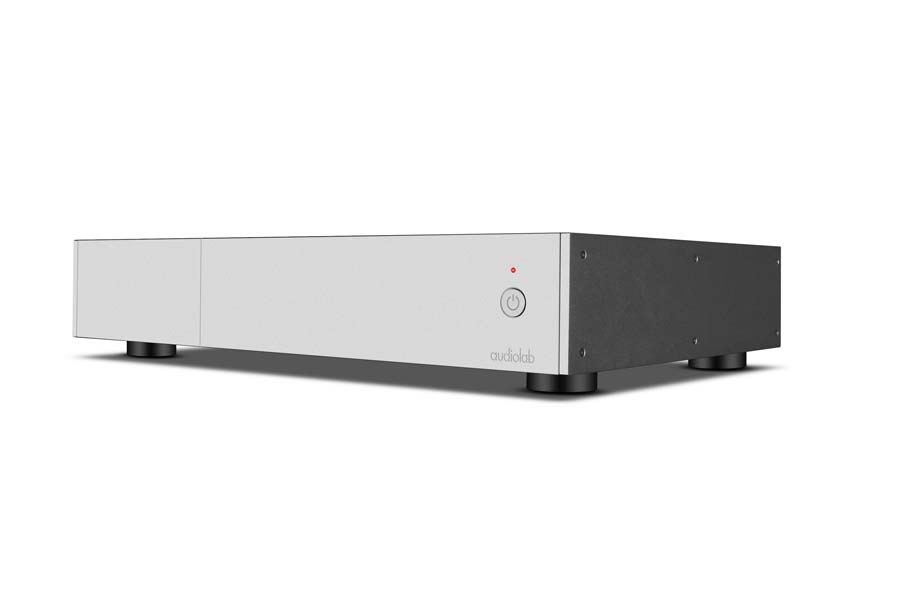
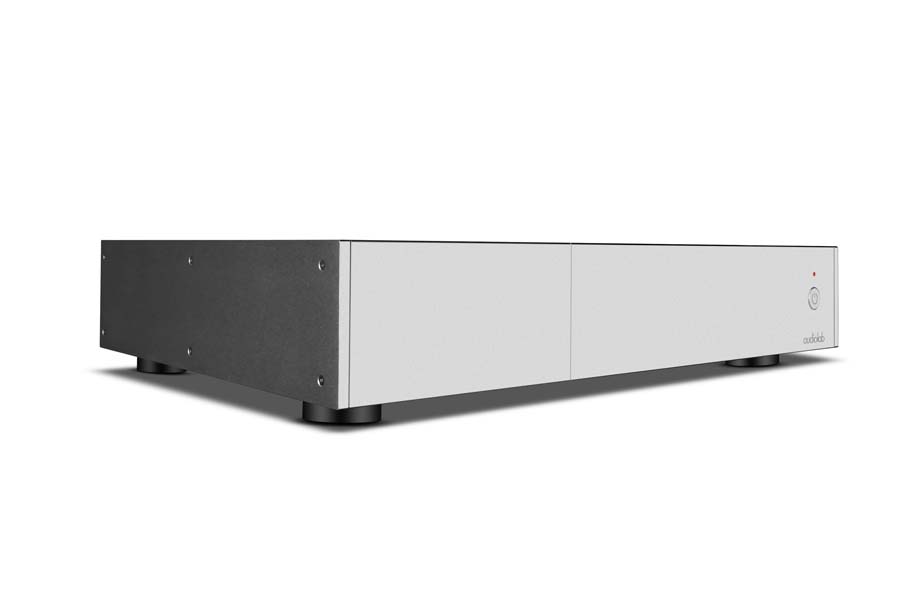
The 9000P front panel matches the Q, but with even more minimalism; a standby button on the right and a vertical indentation to mark the position of the end of the screen on the 9000Q. The build is the same, but my review sample had the thick aluminium top-plate not sitting quite horizontally on the right-hand side. Maybe another reviewer had got to it before me. Other than that, the construction (like the Q) is very solid and looks very expensive for the price.
The P has dual-mono circuit topology and with separate power supplies for each channel, plus Complementary Feedback output stage design, which keeps the idle current independent of the temperature of the output transistors and so it runs very cool. It offers 100W at 8 ohms (160W in 4 ohms) and like the Quad 303 recently reviewed offers bridged mode with 300W/380W respectively.
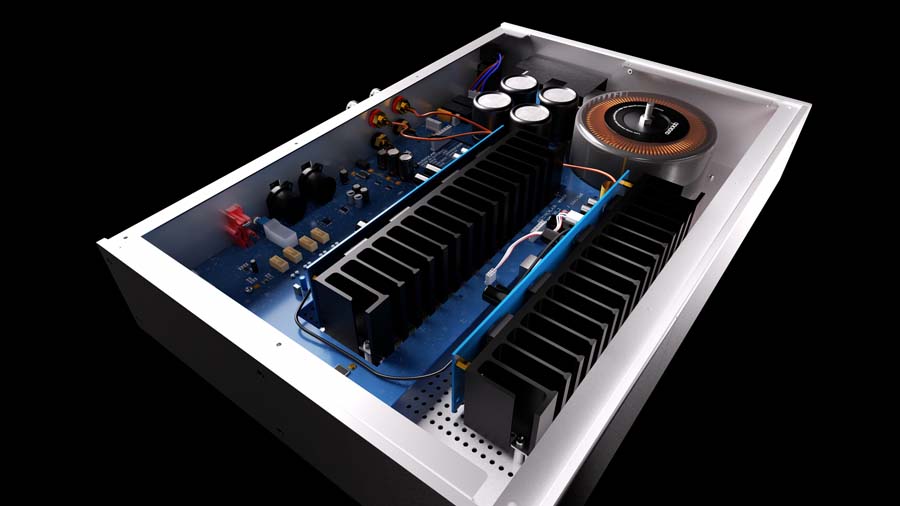
Inside is a 320VA toroidal transformer with 4 x 15,000uF capacity reservoir (as is on the 9000A integrated) that can deliver 15A if pushed. This allows it to offer extremely good dynamics, though that volume control needed to be post 12 o’clock to work my 88dB efficient 6-ohm speakers (numbers don’t therefore always tell you what you expect to hear; the recently reviewed mere 23W valve Unison Simply 845 (published soon) had much more guts, though it is pure Class A). As well as the choice of RCA and XLR inputs there is a switch for bridge mode if you add another P. The rear allows a 12V trigger switch and with a choice of RCA and XLR inputs means the combo could be balanced from start to finish when I plugged in my balanced Krell CD player.
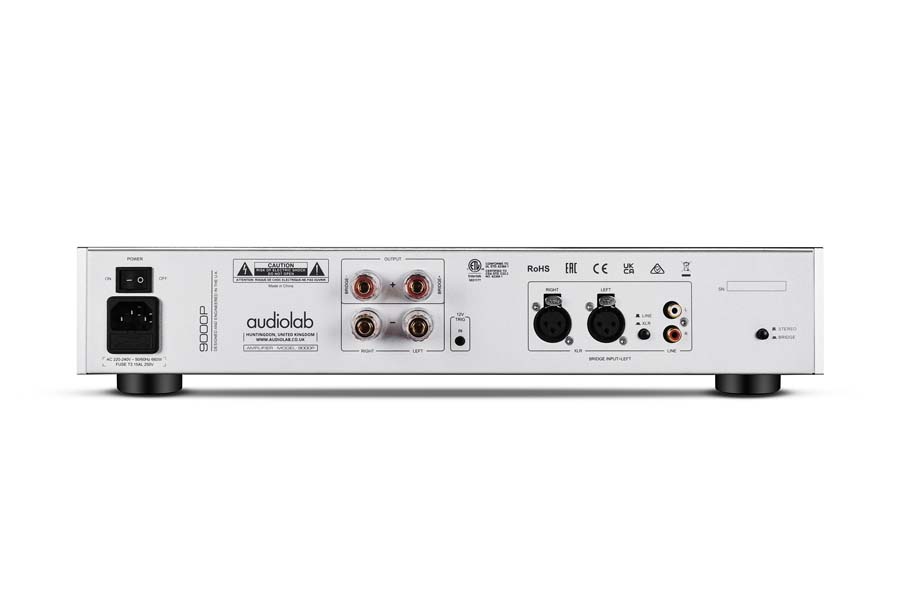
SOUND QUALITY
Putting the P and Q together is very easy, and XLR cabling between them gave me the chance to get the best quality I could. Setting up the inputs and menus via the remote shows up what I mentioned earlier about that central iPod’esque knob; when selecting menu and then playing with the up and down central knob volume control to now operate the menu pages is rather counterintuitive. You can’t, for example, press the left |<< icon on the central buttons to go back a “page” – you have to look down at the remote and find the “back” button bottom right to do that. The left/right and up/down buttons also do the same things when finding pages! The central push button does, however, select the page you have just navigated your way to. The push-in source knob on the preamplifier itself can also do all the selecting and altering, of course.
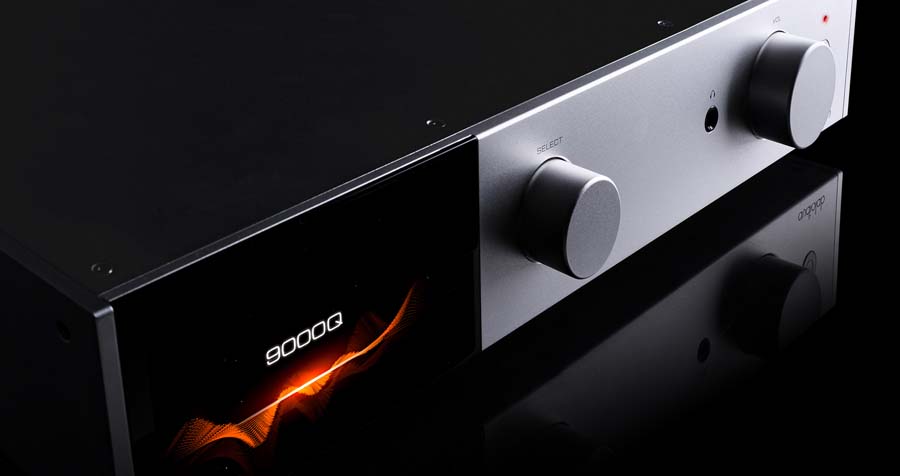
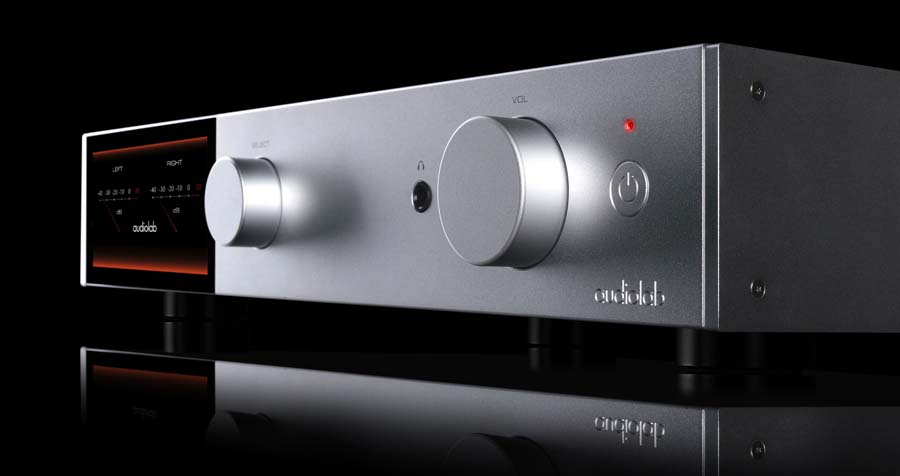
Despite my few quibbles, though, this is a very well-designed and functioning machine. It was lovely playing about with features and then the screen returning to the VU meters without me having to request them again, like some machines I have played with!
Starting with aptX HD, and some old favourites highlighting speed, space and bad recordings (after all, a weak amplifier system probably won’t make the awful bits quite as obvious!) I first played a Rod Stewart favourite – “Handbags and Gladrags” – from the ‘Live Unplugged’ album. This had brilliant audience integration and his voice and instrumentation were just as I expected it to sound from an amplifier system of even greater price.
Despite the awful piano “sounds” in the Rolling Stones “She’s a Rainbow” (2017 24/192), this was quite engaging with great spread and vocal depth as big as Mick Jagger’s iconic lips. E.L.O’s 2014 24/96 remix of the 10538 Overture had an excellently placed and tight cello on the left with a higher cello playing on the right with Jeff Lynne’s clear vocal just in the right place in the ‘back’ of this iconic and very Beatles-inspired track. All instruments, including the trumpet, were just correct in their place and the music was very clear. Very clear; no tizzy digital artefacts getting in the way from the 9000Q. Although imagery is really excellent, it just sounded a little too clinical and transparent, so obviously not as coloured as Jan Ertner’s new Quad 303 amplifier, as that of course has to sound somewhat like the original 1967 model. It’s good, therefore, that IAG makes products that look and sound so very different. The 9000P and Q are very honest and give you just what you put in; nothing added. Incidentally, the 10538 (Overture) is made up of a combination of the serial number of Jeff Lynne’s mixing desk plus an “8” at the end to fit the song’s lyrics, in case you wondered!
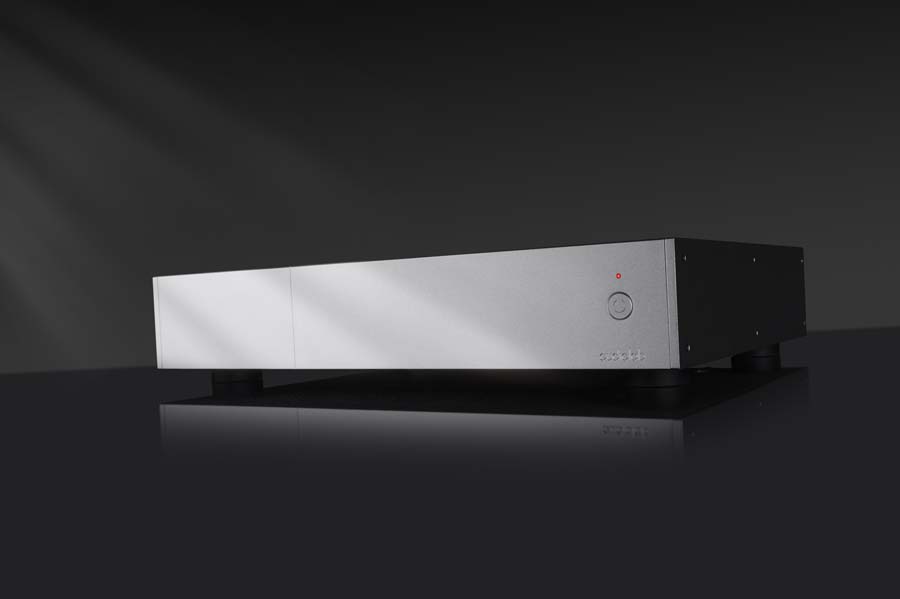
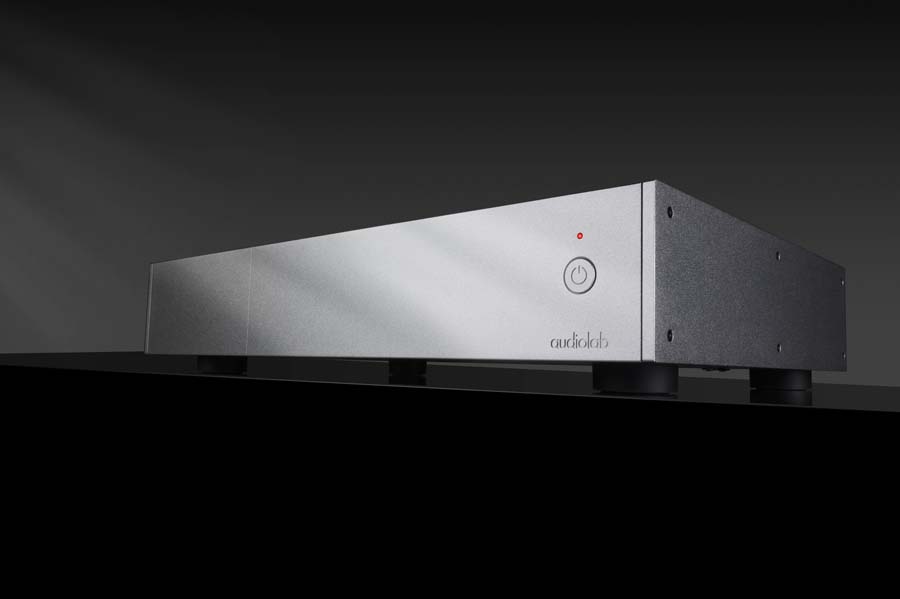
So far, I was quietly querying the musicality aspect of the combination and so turned to an old favourite of mine, Respighi’s ‘The Pines of Rome’ to listen for instrumentation, warmth, emotion, dynamics and mood, from several versions I have on vinyl and CD. This work has it all, and each recording sounds vastly different from any other – something that is great about recorded classical music. Firstly, the Chicago Symphony Orchestra version (1959/60 Fritz Reiner, Classical Music Reference Recording, re-mastered in 2023) is a brilliantly recorded album and the MM phono-stage did a very accurate job, though my Manley phono preamp is superior (and far more expensive), as I would expect. The deep cellos and basses in this version of the epic work were full-on and tightly performed and the depth between these and other strings, percussion and brass in the slow second movement was quite enchanting. I felt like I was in the depths of a forest with hardly any light shining on me. The solo-trumpet 2nd section was absolutely beautiful and the placement and, phew, musicality shone through the depths of the music’s emotions. I always think of this and the third movement as somewhat Copland in style. Eugene Ormandy’s version (1994 Philadelphia Orchestra, RCA) feels different in every way in this and other movements; the trumpet and violins are clearer and have better space and are more transparent, but the Chicago Symphony Orchestra version is just warmer and makes the P and Q sound more SET (Single Ended Triode). Even when the trombones let rip in the movement it shows the Audiolab has plenty of power in reserve. Again, the Ormandy version might be clearer and with perfect position of all the instruments in the third movement (e.g. from 3’00”), but it sounds more Class D Solid State than Class A SET! It shows how careful you must be when reviewing to ensure you are accurately judging the equipment and not the performance and recording of the music! But what this did show me was that the preamp and power-amp gave me a very clear judgement on all that I was playing. It identified the good and the bad, the clinical and the musical, and as long as I fed it good sources it could deliver a correct and pleasurable performance. It certainly didn’t add any of its own personality on top of Reiner’s or Ormandy’s. The third movement is a case in point; the piano entry followed by lifelike birdy tweets from 5’34” in Reiner’s version just makes the whole piece come to life, and even my cat Claude DePussy wondered what was going on, lifting his head and looking around. Different birds in Eugene’s version just sounded like they had had a bad day, and my cat wasn’t so interested. Lorin Maazel’s version (Cleveland Orchestra, DECCA) is supposed to be the best of the crop by many, but the musicality of the recording – to me – just isn’t as warm and inviting as the Reiner. Reiner once said at the recording session “If you’re not quiet I will take your chairs away” as he was so determined to get as pure and dynamic a performance as he could, and boy, was I pinned to my chair playing it through the Audiolab! It laboriously worked to fulfil the conductor’s wishes, especially at the final loud climax. The Audiolab really does have a lot of “slam” when it is needed!
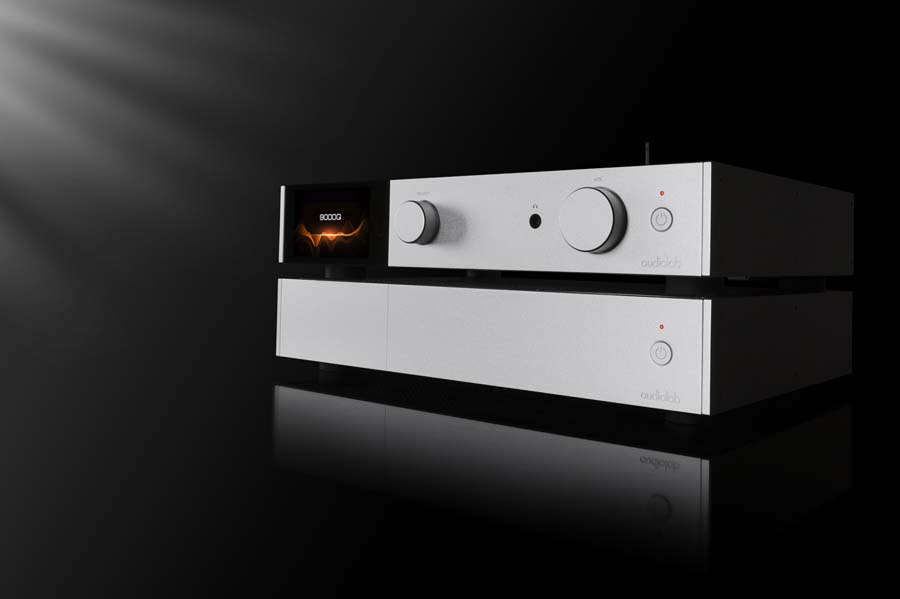
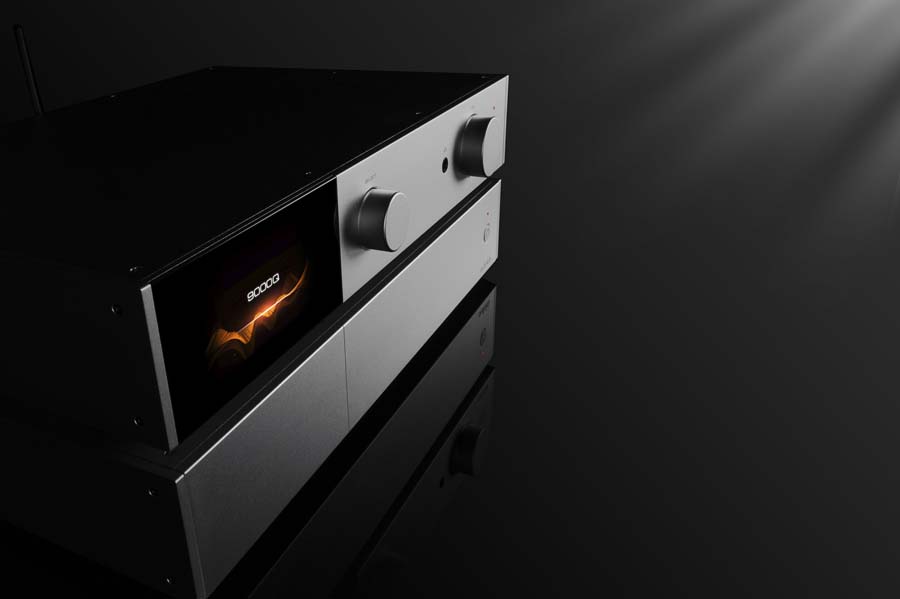
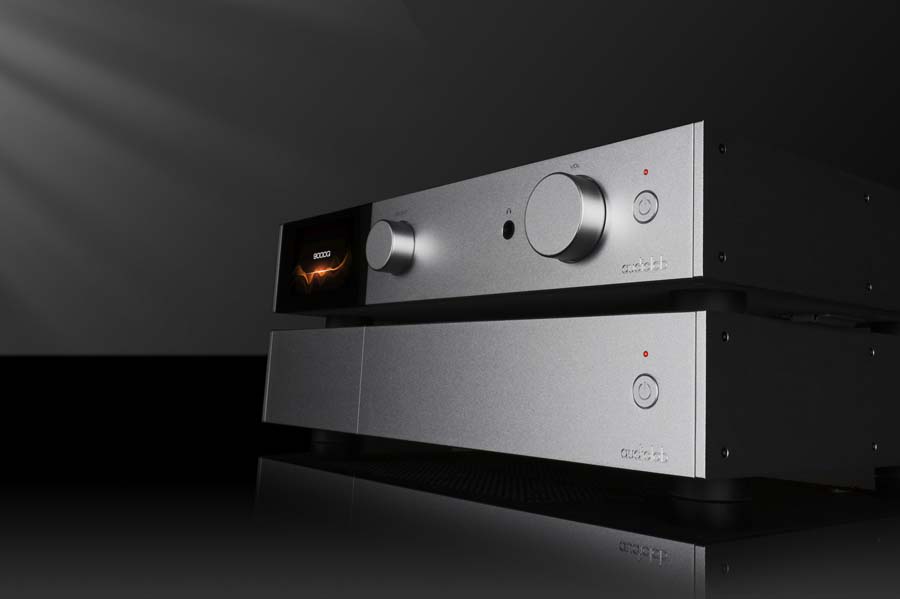
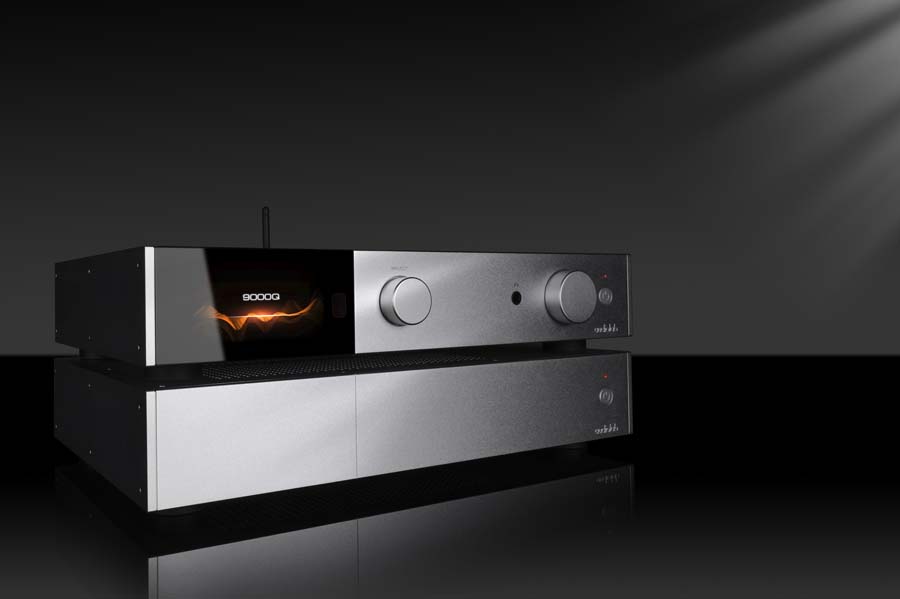
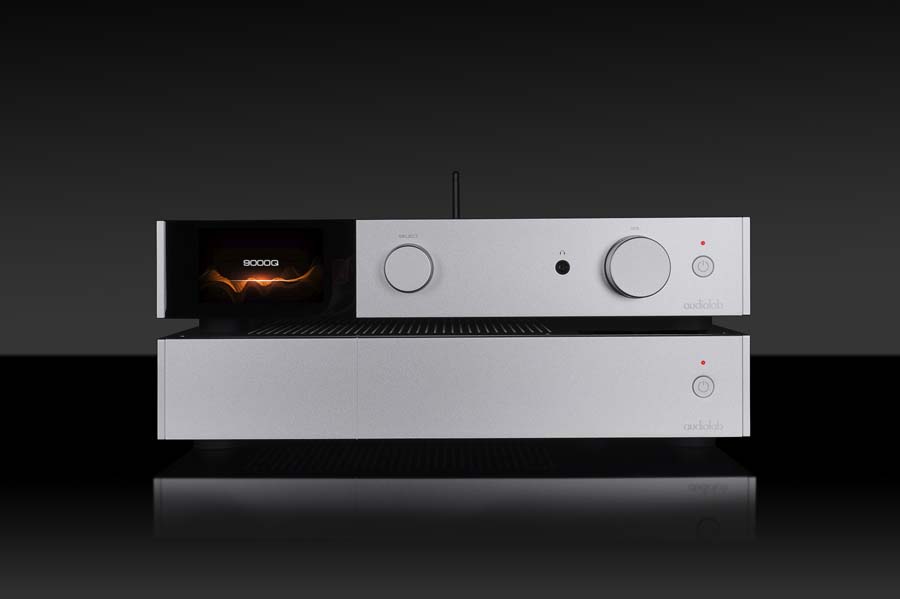
As well as other classical albums, I also played Santana’s Black Magic Woman/Gypsy Queen (‘Abraxas’ album) and whilst the Rhodes piano and vocals were clear and accurate, it still didn’t set me alight in terms of excitement and musicality. Bongos were tight but just not as warm as on the new (or even the older!) Quad 33/303. “Beryl” from Mark Knopfler again had good clear guitars and a very real sound with all the reverb – and indeed the drums and vocal had more bite (especially with the clean ADT adding to the excitement) – but the 9000 combo wasn’t quite as “OMG” as I so wanted it to be from a company’s premium product.
To complete my listening for fun I decided to play my own Spendor BC1’s that I had recently rebuilt. Philip Swift might well have fallen in love with these speakers when he first heard them at Audio T back when the model (designed originally for the BBC) came out in the 70’s, but would they still play the game in the 21st century with a brand new Audiolab? Katie Melua’s ‘Live at the Royal Albert Hall’ was pure joy with pin-sharp mids and tops, but the woolly bass that the BC1 was known for spoilt it a tad. Patricia Barber’s ‘Café Blue’ showed off the amplifier’s speed and agility, brilliantly quick but delicate on the cymbals – almost electrostatic. I think the aged-design Coles 4001 super-tweeter is a marvel and is still being produced by them, as is their iconic 1950’s BBC 4038 ribbon microphone. I would have loved a TFT screen on the power-amp showing dB so that I could check I wasn’t over-feeding these 25W speakers! The depth and soundstage were vivid, with the speed of the plucked acoustic guitar at the start of “Romanesque” very tight, even on these 1976-built marvels of acoustic history. Indeed, the Audiolab worked well on any speaker I plugged in – even the BC1 which works best on valves.
The products come with a 3-year extended guarantee, just to make you feel more confident.
QUIBBLES
I have already mentioned the remote. Having the volume control up/down where your thumb naturally fits (if you’re right-handed!) would have been much better. That remote won’t take your P off standby, either, unless you attach the 12V trigger cable (which doesn’t come bundled with the product). With the iPOD buttons in the centre, I also operated the remote upside down a few times without thinking! More set-up options for the MM phono-stage could be useful, too, though I didn’t have any problems in that respect.
CONCLUSION
At £2500 for the duo, it sits between the Cambridge Audio CX and EX integrated/network player range. I prefer the Audiolab build quality but features and soundwise they are very different, as are the IAG Audiolabs from the Quad offerings I mention. The Audiolab might not look as beautiful as a TAG McLaren from old, but it performed better, and with the excellent knowledge from Jan Ertner and his team they should be proud of the sound, build, and design of this series. The Audiolab 9000 was very clean and portrayed the music just as it left the wires or ether, though it just didn’t perhaps have the musicality that I would like for a top-end model from a manufacturer. In some respects, though, this is good as it made me hear just what the music was doing without any acoustic bells and whistles attached. This is a very polite and well-behaved performer that certainly minded its own p’s and q’s.
AT A GLANCE
Build Quality:
Excellent build (apart from the fitting of the 9000P top panel in the review sample)
Solid use of aluminium, not just on the frontage, puts many companies to shame for the price
Sound Quality:
Very precise and clear – tells the truth, but misses a bit on bass-mid musicality
Value For Money:
£2499 for the two is a bargain, but there are others around the same price with names that also go back in the history of UK audio to choose from
We Loved:
Excellent timing
Accurate replay on all types of music
Good screen and GUI
Tidy bass
We Didn’t Love So Much:
Some may find it too polite
The remote
Elevator Pitch Review: I have seen all the various skins of the Audiolab, from Lentec before it came into being, to TAG McLaren and then back as Audiolab thanks to IAG, so have always been interested in their approach to creating perfect audio at the price points they work to. The 9000Q and 9000P are now the top-end of their present portfolio and both look expensive, and minimalist at the same time. Was I going to be influenced by their history and great looks from the past? I was actually relieved to find a product that was this easy to set up and enjoy right out the box. With Jan Ertner at the design helm, what could possibly go wrong?
Price:
9000P: £1499,
9000Q: £1099
Both: 9000P and 9000Q £2499 a saving of £99 on the individual prices (and £500 more than the 9000A integrated)

Janine Elliot
System used:
Astell and Kern SE180, (DSD, Qubuz, WAV, FLAC, MQA, MP3 Digital sources); Michel Hydraulic Reference/SME3/Shure V15iv MM and Technics/Ortofon MM into the 9000Q, and via line in the Pre-Audio GL-1102N/Ortofon Kontrapunkt b MC (turntable/cartridge) plus Manley Steelhead (phono-stage); Krell KPS20i (CD); Wilson Benesch Arc, Graham LS5/9, both with Townshend Supertweeters, Spendor BC1 (speakers); Tellurium Ultra Silver 2, Townshend F1 and Isolda, and Esprit Audio cables, Coppice Audio stand and Townshend rack.
















































